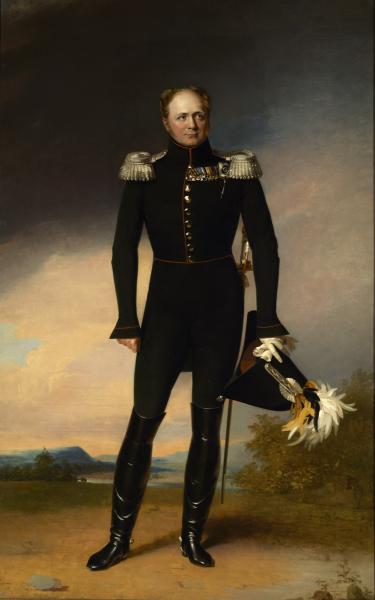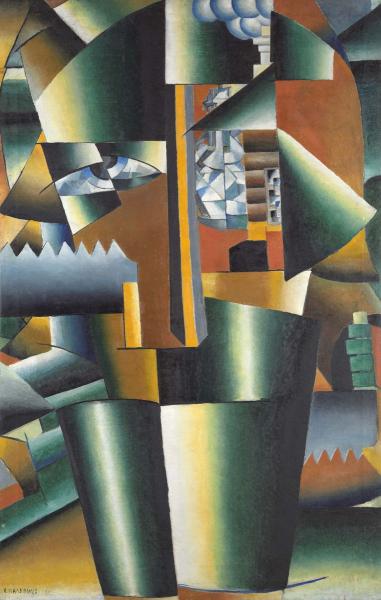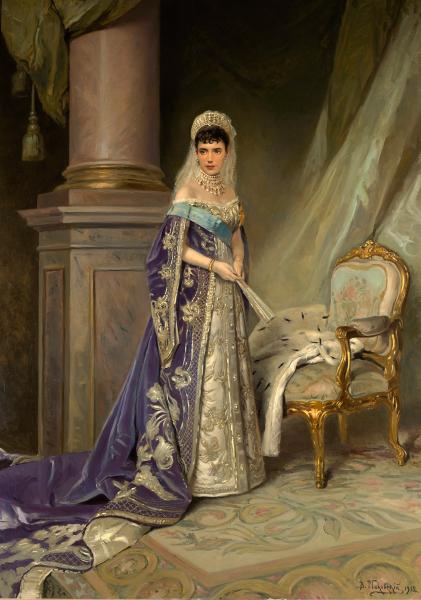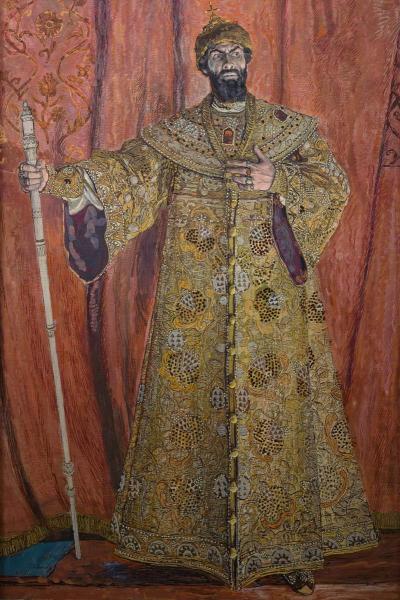The artist is a preschool educational institution

Alexander I (blessed; 1777-1825) – eldest son of Emperor Paul I and Empress Maria Fedorovna, nee Princess Württemberg. Brought up by grandmother Catherine II in the spirit of the philosophy of enlightenment. He joined the throne in 1801 after the murder of his father by a group of conspirators. The main goal of its initial domestic policy was the equation of estates in rights and the destruction of serfdom. In the implementation of the goals set in the early years, he relied on an unspoken (or intimate) committee, consisting of friends of youth, like -minded people, adherents of constitutional forms of government. A number of decrees were adopted that laid the beginning of the liquidation of serfdom. The “Regulations on the construction of educational institutions” (1803) approved three new principles: the undoing of education, the free learning at the lower steps and the continuity of the curriculum. Five universities were founded, three lyceums, including Tsarskoye Selo. Gymnasium, district schools and parish schools began to work in the provinces, counties and villages. After the Patriotic War of 1812 and the foreign campaign of the Russian army, he had a huge international authority. At the Vienna Congress (1814-1815) initiated the creation of the Holy Union of European monarchs (1815), which himself headed. In addition to success in the fight against Napoleonic France, he won a number of victories in wars with Persia (1804-1813), Turkey (1806-1812) and Sweden (1808), as a result of which East Georgia (1801), Finland (1801) were annexed (1801) 1809), Bessarabia (1812), Azerbaijan (1813).
It is depicted in the Vitsmunda of the Life Guards of the Cavalier Guard Regiment with Orders: SV. Andrew the First -Called (star), garter (English), sword (Swedish). In the block: the cross of the Order of St. George of the 4th degree, the medal “In memory of the Patriotic War of 1812” (silver on the St. Andrew’s tape), the military order of Maria Teresa (Austrian), the Order of the Iron Cross (Prussian), the Military Order of the Sword (Swedish), the cross “In memory of the war 1813 -1814 "(Austrian) and medal" In memory of the war of 1813-1814 "(Prussian).
Portrait Gallery of the Russian Museum. Persons of Russia. SPb. 2012. With. eighteen.
+ About the restoration of the work
– Hide the text about restoration
The state of safety before restoration:
In 1998, when examining the picture, it was noted that the tension of the canvas was weakened. On the entire surface, a drawing of diverse soil craquelure with strong retractables of the canvas, dark spots from past glue, varnish or oil was imprinted on the entire surface. The subframe needed to replace.
On the front side there were Falda along the edges and in the corners, dents, and deformation of the canvas. On the entire surface, diverse hard soil craquelure with raised edges indicated a weakening of the soil connection with the base, in separate areas there was a threat. In the upper part of the picture, the relief was clearly visible with the thickening of the soil around the perimeter of the rectangle around the head and shoulders of Alexander – the size of the “small” portrait 70x60cm. The rectangle of the background of the “small” portrait was a darken tone compared to the general background of the rest of the portrait. By the nature of the colorful layer, the “border” between them, especially on the right, was also clearly visible. Author’s amendments are visible in some detail details. The colorful layer was under a thick layer of varnish film, very yellowed, uneven, with clots and jackets. Restoration tints are insignificant, according to the varnish, changed in color – darkened.
Complex studies were conducted before the upcoming restoration, thanks to which an idea of the process of creating a portrait appeared. Probably, the artist from the very beginning intended to write a portrait in growth, for which it was stretched on a small subframe and a part of the large canvas was pronounced, corresponding to the “rectangle” and the “small” portrait of Alexander I was written. At the next stage of the work, the entire canvas was stretched on a large subframe, stolen, and a portrait of Alexander Pavlovich was completed on it in growth with small author’s edits. These processes are clearly visible on x -ray.
Complex of the events:
As a result of the restoration measures, a hard soil craquelure and a colorful layer were strengthened and laid down. The old restoration patch has been removed, the base breakthroughs have been made. The picture is duplicated on a new canvas and stretched on a new subframe. The surface of the colorful layer washed from pollution. Restoration soil is brought to the loss of the loss. After the restoration of the transparency of the varnish layer, the methodology of quenching old varnish was selected. The varnish was thoroughly thorough and leveled over the entire surface. Old restoration tinting are adjusted. The picture is covered with a layer of restoration varnish. Tinted places of loss of colorful layer with oil paints. The surface is covered with a final layer of restoration varnish.
Keeping a story. Restoration workshop of the Russian Museum – 100 years. SPb, 2022. With. 104.


